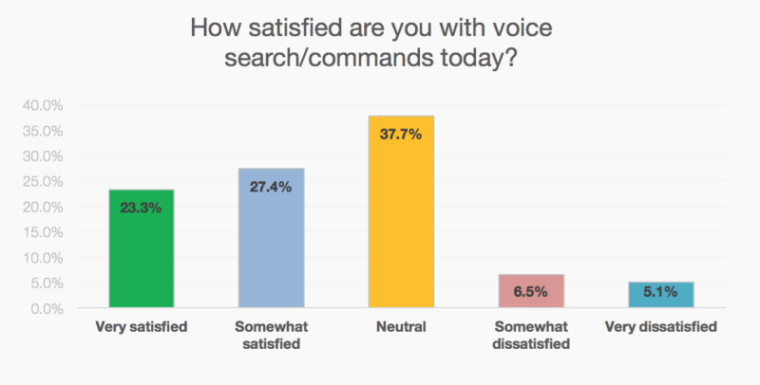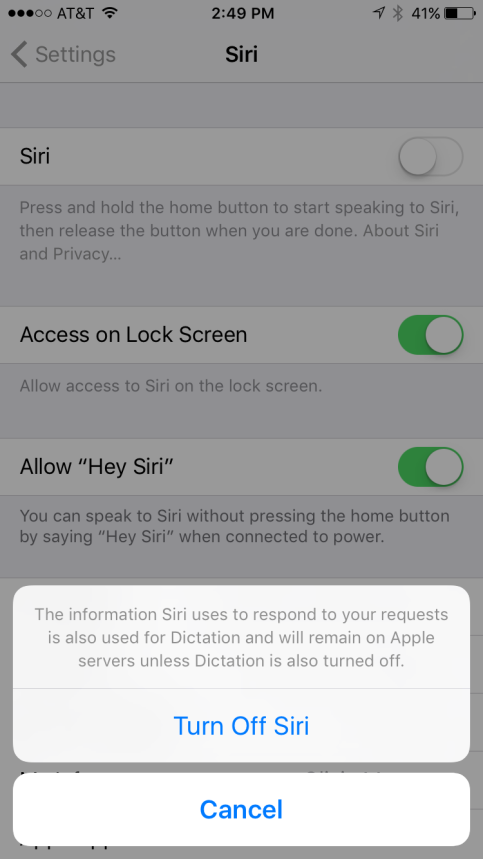Out of all of the emerging media coming our way, I think my favorite, and the most intriguing, is all of the technology that makes/ will make up the Internet of Things (IoT). After learning about the IoT there is not doubt that it will change the way we live our lives and how we work. While these types of technology are just now appearing, in the next four years, Gartner has predicted that more than 26 billion devices will be connected.
When searching for information about Amazon, I came across a link titled “Amazon Dash.” Being that I had never heard of this before, I followed the link. When I learned what Amazon Dash was I was completely amazed and immediately thought about everything I have learned about the IoT and realized that the things I once considered “futuristic” are now HERE! So for those of you who haven’t heard of Amazon Dash, prepare to be “wowed.”
(Amazon Dash, 2016).
For those who did not know, grocery shopping is currently the largest industry for m-commerce. A number of people now complete their grocery shopping online through grocery store sites, or through the ultimate Internet store, Amazon. As we all know, grocery items are items that are often a repeat purchase once one runs out. When Amazon noticed these repeat purchases, they introduced the Amazon Dash Button. The Amazon Dash Button allows Amazon shoppers to re-order their items by simply pressing their product specific Dash Button. The button is connected through Wi-Fi and works through the Amazon app on a smartphone. Thus when you realize that you are running low on dog food, laundry detergent, diapers or toilet paper, all you have to do is push the Dash Button.

(Smith, 2015).
This quick option takes away from consumers having to take the time to sit down, log into their account and place a new order. The Dash Button is $4.99, but no worries, after the first press consumers receive a $4.99 credit toward their re-order. Currently, Amazon Dash is only available to Amazon Prime members, but as the IoT becomes more popular there may be a chance that it will be available to all Amazon members.

(Amazon Dash, 2016).
While this technology seems as if it would take off very fast, the numbers and the usage of the buttons have not been too crazy. “Fewer than half of people who bought a Dash button since March 2015 have used it to place an actual order, estimates Slice Intelligence, which conducts market research based on emailed consumer receipts. Those consumers who do order make a purchase roughly once every two months” (Terlep, 2016). While the IoT is ready for the world, this can make one ponder if the world is ready for the IoT.
References:
Smith, D. (2015, February 23). More people use mobile devices to buy groceries than any other retail category. [Image]. Retrieved September 18, 2016, from http://www.businessinsider.com/the-most-popular-retail-purchase-on-mobile-phones-is-groceries-2015-2
Terlep, S. (2016, June 26). Amazon to Add Dozens of Brands to Dash Buttons, but Do Shoppers Want Them? Retrieved September 22, 2016, from http://www.wsj.com/articles/amazon-to-add-dozens-of-brands-to-dash-buttons-but-do-shoppers-want-them-1466970276







